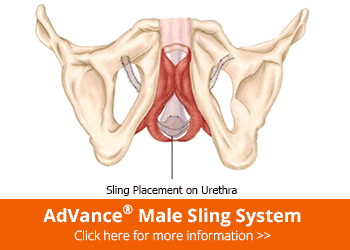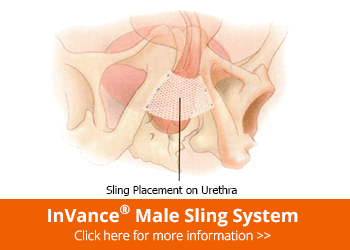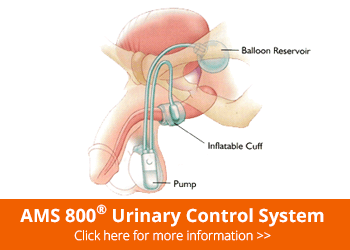Gerard Henry, M.D.
Common Causes
- Prostate cancer surgery (radical prostatectomy or TURP)
- Conditions such as diabetes, multiple sclerosis, Parkinson’s disease or stroke
- Pelvic trauma
- Birth defects
Treatment Options
There are numerous ways to deal with incontinence, ranging from ongoing management to permanent surgical solutions:
- Absorbent Products – Pads, diapers, and absorbable garments are frequently used to manage incontinence.
- Internal Collection Devices – Catheterization on a regular basis may be employed for certain men to ensure that the bladder is emptied on a regular schedule.
- External Devices – Condom catheters can be used to collect urine and clamps can be used to block the flow of urine.
- Biofeedback / Electrical Stimulation – Biofeedback can help patients gain awareness and control of their urinary tract muscles.
- Collagen Injections – Injections of bulk-producing agents, such as collagen, into the urinary sphincter.
- Surgical Options – These range from implantable “male sling” procedures, designed to support the muscles surrounding the urethra, to implanting an artificial urinary sphincter that mimics the function of a normal, healthy sphincter.
Permanent Surgical Solutions
Many men opt for a permanent solution rather than continue to wear pads that limit their activities and cause constant concerns about leakage. You and your doctor may determine that one of these effective surgical solutions is the best way to treat your incontinence.
| AdVance® Male Sling System | Invance® Male Sling System |
| AMS 800® Urinary Control System | InterStim™ II |




